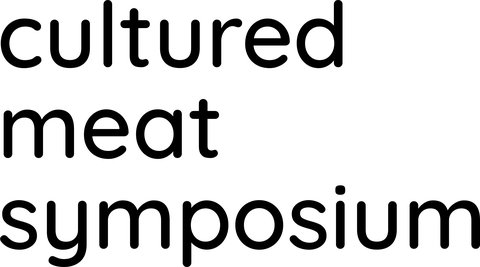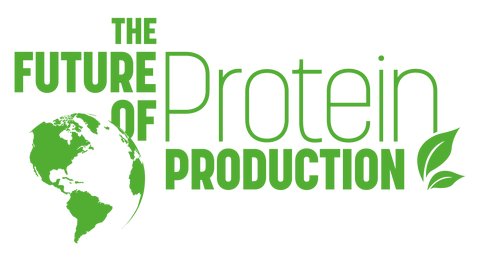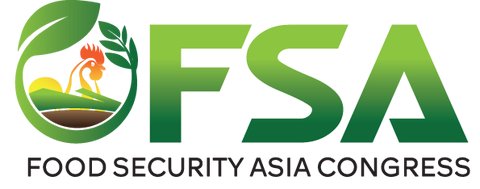Promoting the Benefits of Alternative Proteins and How to Get There Responsibly
August 10, 2021 - 3 min read
Over the past few years, the food industry has undergone a revolution, as alternatives to traditional meat and dairy products flood an eager marketplace. Advances in alternative protein technologies — driven by consumer demand for healthier, more sustainable food sources and products — have brought the once-niche category into the mainstream. Though opportunity in this space is abundant, government regulators have not yet caught up to the pace of new product innovation. The ability of companies to market these cutting-edge products has been tempered for a number of reasons by the current regulatory environment.
Consider the issue of sustainability claims. The Federal Trade Commission (FTC) is the regulatory body responsible for establishing guidelines for environmental claims through its "Green Guides." They recently announced that it will start reviewing and updating these guides in 2022. At the conclusion of the last review process ten years ago, the FTC chose not to define “sustainable” despite pressure from some sectors to do so. At that time, they determined that there was no consensus among consumers about the meaning of the term, thus preventing the commission from developing and articulating appropriate guidance. In the intervening years, however, the buzz around sustainability claims has only grown louder. Given this new reality, it’s possible the FTC may determine that a single meaning exists, even if specific to particular product categories — allowing them to define it for regulatory purposes going forward.
To the extent that the FTC decides to develop definitions and guidance around sustainable claims in the upcoming review, alternative protein companies will need to be ready for that discussion.
Start pulling together available data on this topic now and exploring the necessity for additional study or analysis. Be ready to respond to challenges that threaten to reduce access to such a claim. Alternative protein marketers stand to be significantly impacted by the outcome of this next review period, and should be prepared to take an active role in its process.
Similarly, the Food and Drug Administration (FDA) is in the process of updating its “healthy” claim regulation under the ongoing Nutrition Innovation Strategy, and is also considering the adoption of a “healthy” symbol for product labels. In requesting comments from stakeholders in 2016 and 2017 on this topic, the FDA not only sought input on nutrient criteria but whether the claim should be available for fortified products and what types of foods should have access to such claims. The FDA signaled it may issue a proposed rule to update “healthy” as soon as this September. ** **
Given the significant implications that new regulations and guidance can have for the alternative protein industry, it is important to ensure that the end results are inclusive and comprehensive. Ambiguity on accessibility to these claims for alternative protein products not only puts companies at heightened risk of regulatory enforcement but also increases exposure to class-action lawsuits if claims are deemed inconsistent with requirements. Moreover, public blowback in the event of such a negative outcome could impact the reputation of the entire industry.
Going forward, it is imperative that the alternative protein industry is a part of these regulatory discussions. Companies in this space need to advocate for access to claims that provide a reasonable understanding of how these new products support the health of consumers and the environment. Opportunities for such advocacy will occur in the near future at the regulatory level, and I encourage industry stakeholders to be active participants in the process.
Ann Begley is a Partner at the law firm Wiley in Washington, DC, where she counsels clients facing legal and regulatory challenges before the U.S. Food and Drug Administration (FDA).


















